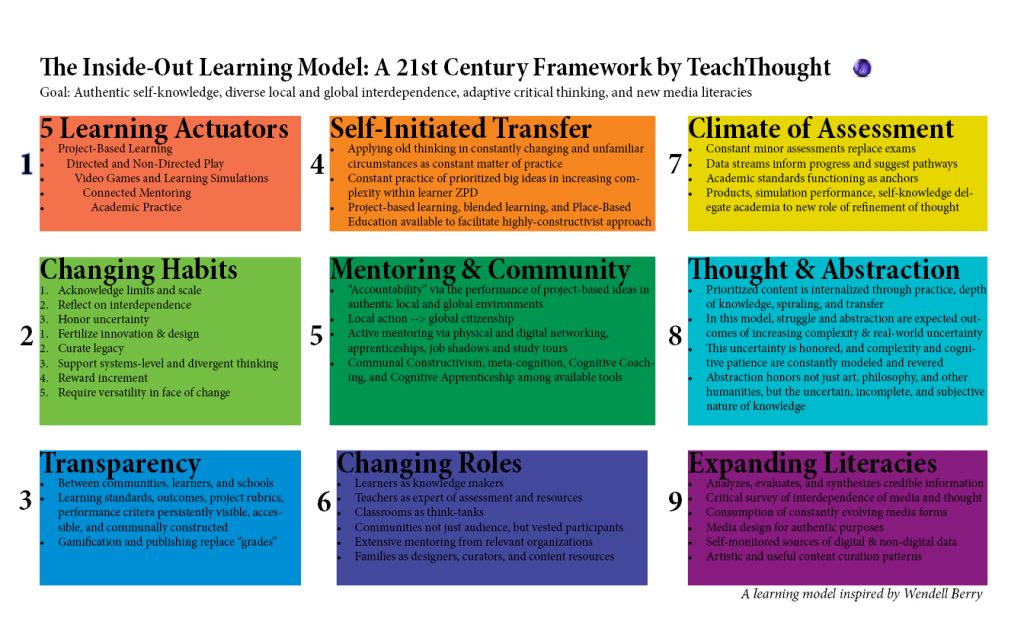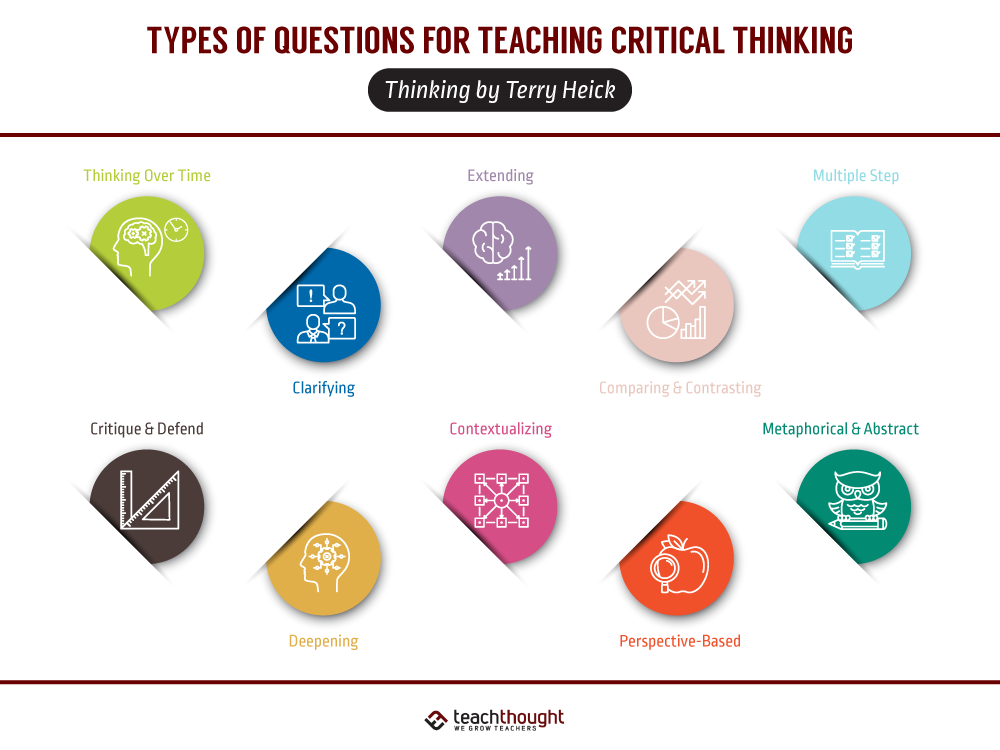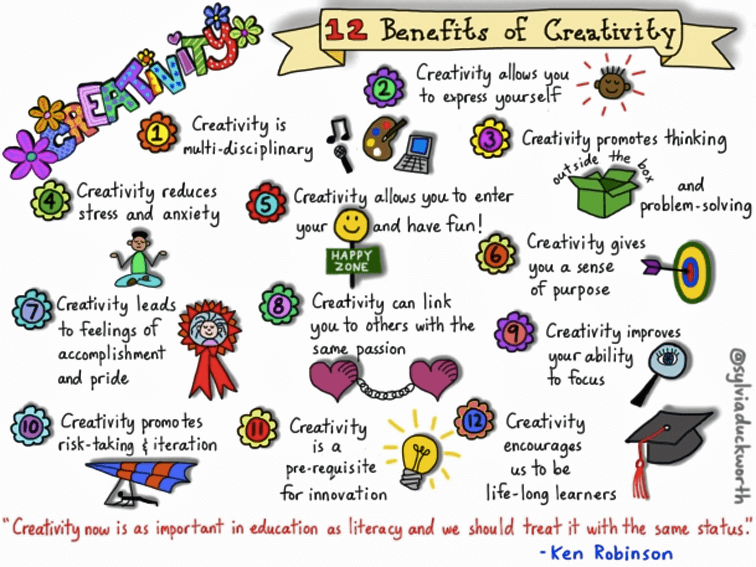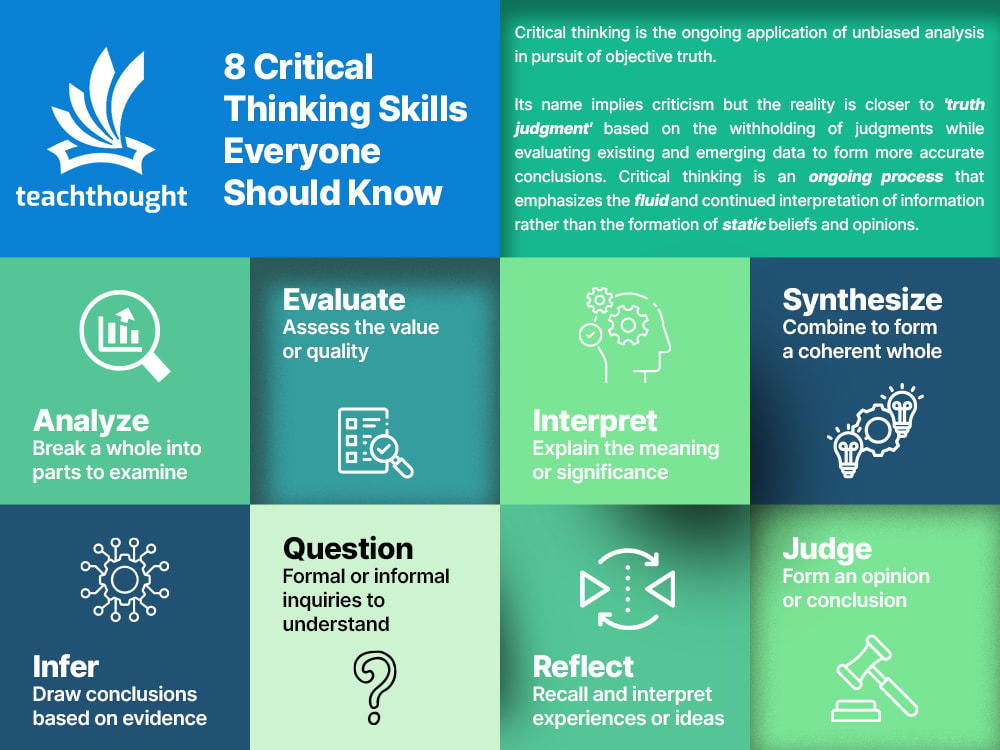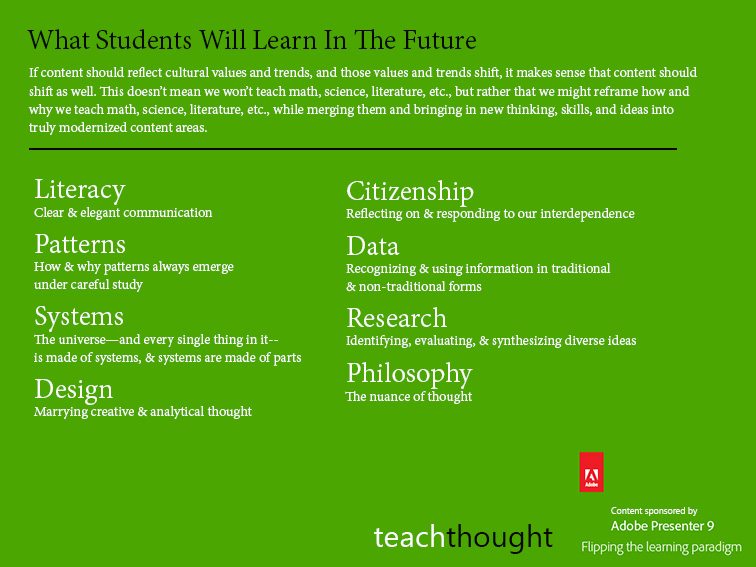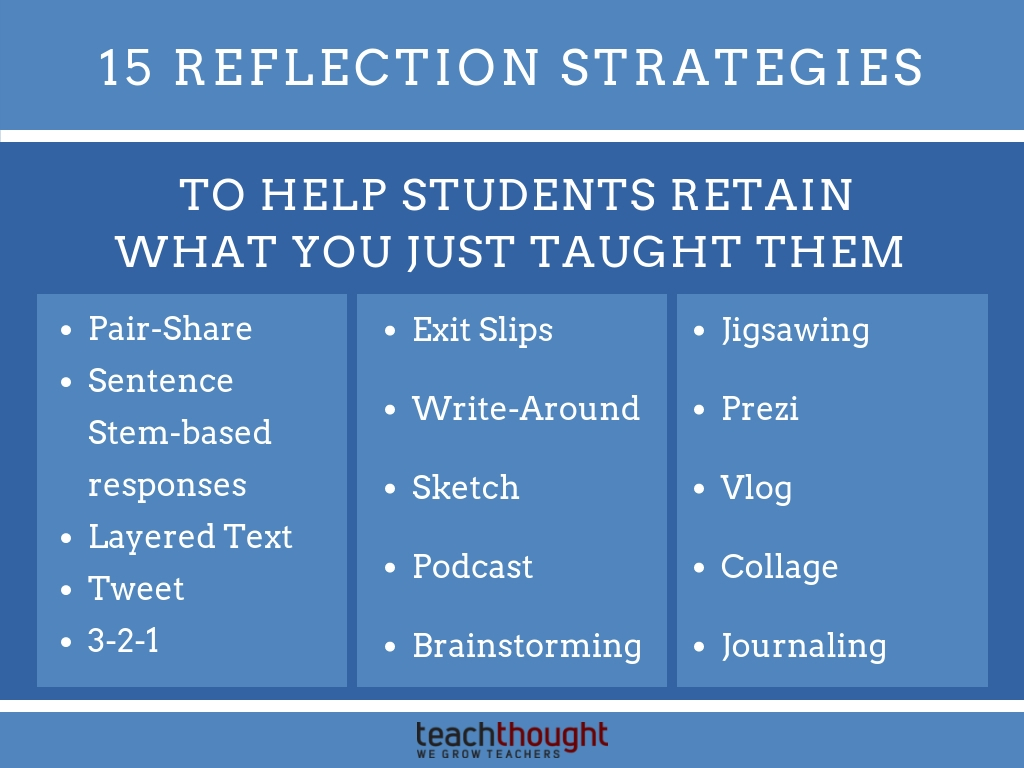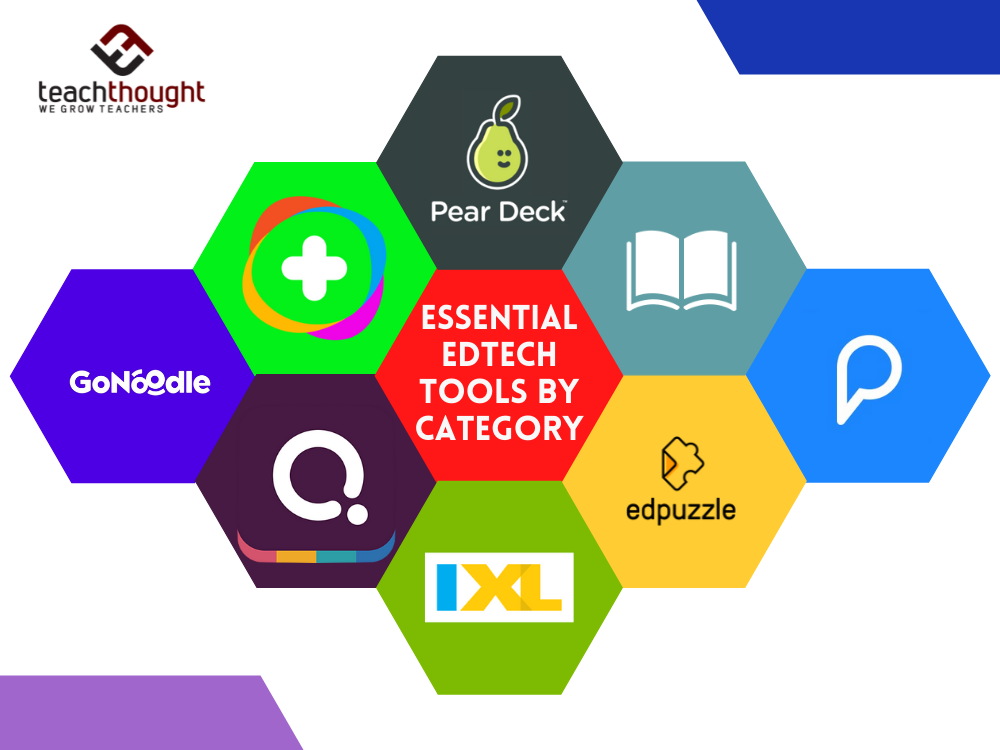Tag: Essential
The Inside-Out School: A 21st Century Learning Model
A micro-goal of the ‘Inside-Out’ School is a new kind of ‘intelligence’ where the macro-effect is healthier communities and citizenship.
20 Types Of Questions For Teaching Critical Thinking
What are some of the most common types of questions for teaching critical thinking? This led to many dozens of answers.
The Significant Benefits Of Creativity In The Classroom
Creativity in the classroom is another form of play, and play is universally important to each individual’s sense of joy and well-being.
8 Of The Most Important Critical Thinking Skills
The most important critical thinking skills include analysis, synthesis, interpretation, inferencing, and judgement.
How I Eliminated (Almost) All Grading Problems In My…
Grading problems still surfaced, but with a system in place, it was easier to identify what went wrong and communicate why to…
What Students Will Learn: 8 Responsive Content Areas Of…
This doesn’t mean we won’t teach math or reading in the future. However, we might reframe what we teach and how and…
Strategies To Help Students Retain What You Taught Them
By asking students to leave a little learning on a chair by the door on the way out of the classoom, exit…
100 Essential EdTech Tools By Category [Updated 2025]
We’ve updated this master list to include 100 essential edtech tools in categories like SEL, formative assessment, and lesson planning.
